News from the Institute
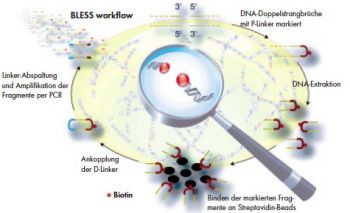
It took years to develop, and the input of scientists from five countries: BLESS, a novel technology for mapping DNA breaks by next generation sequencing. The resulting publication in Nature Methods by Crosetto, Dikic, Rowicka, and many colleagues is now featured by Laborjournal.
... (read more)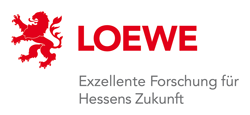
The LOEWE program Ubiquitin-Networks is a newly established interdisciplinary research network at the Goethe University which is led by Ivan Dikic.
The network recently received funding and is looking to recruit 1 Junior Group Leader, 1 Postdoc, and 12 PhD students. Deadline for applications is 7th November.
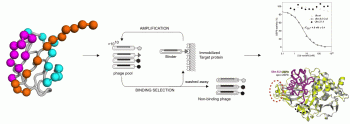
The IBCII welcomes Dr. Andreas Ernst from University of Toronto as independent group leader.
The research of his newly established protein engineering group is focussed on generating intracellular tools to study various signaling pathways.
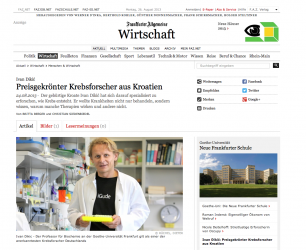
Ivan Dikic in german newspaper faz.net
"Der gebürtige Kroate Ivan Dikić hat sich darauf spezialisiert zu erforschen, wie Krebs entsteht. Er wollte Krankheiten nicht nur behandeln, sondern wissen, warum manche Therapien wirken und andere nicht."
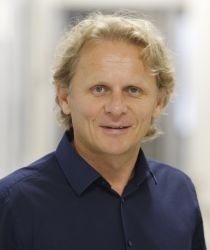
8th January 2013. The Jung Foundation for Science and Research announced that Frankfurt professor Ivan Dikic will receive the Ernst Jung Prize 2013 for his groundbreaking work in understanding the role of Ubiquitin in cellular signal regulation. The prize is awarded with 150,000 euro and will be presented at a ceremony on 3rd May in Hamburg.
... (read more)